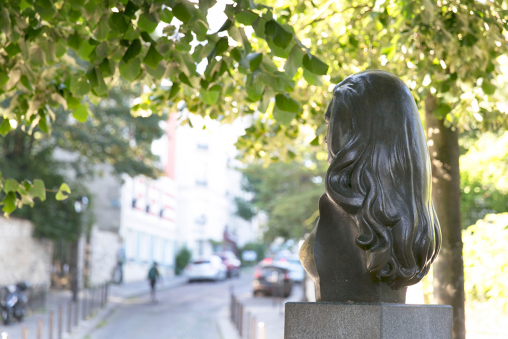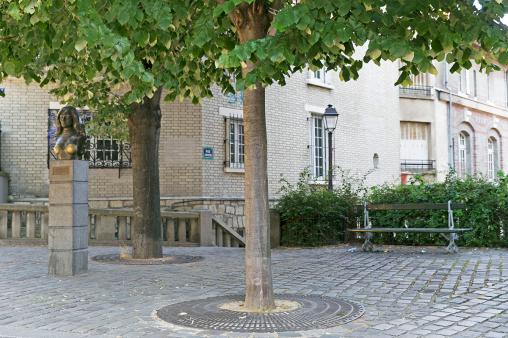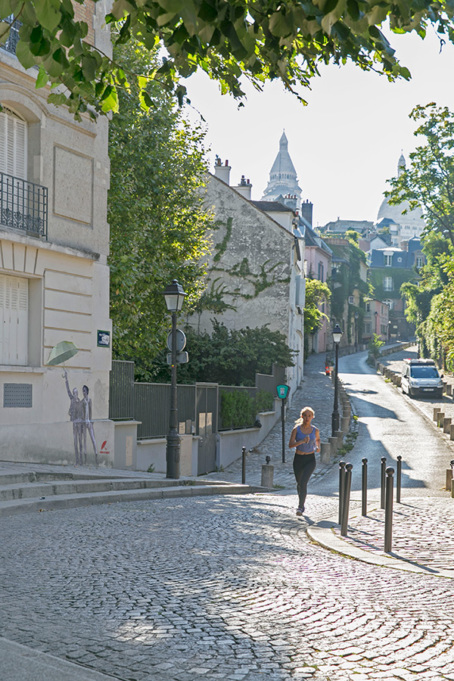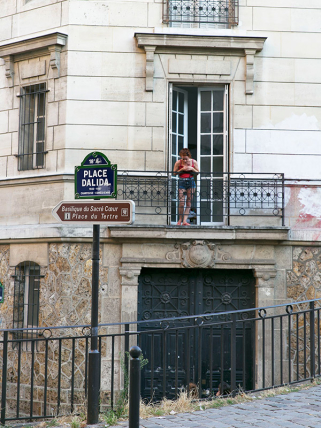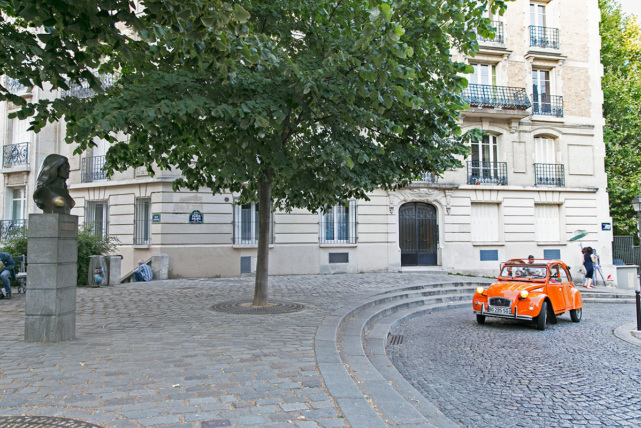Fashionable, elegant, hidden, lively, tranquil, oozing old-fashioned charm and often rich in architectural heritage, the squares of Paris all have a story to tell.
Place Gaillon, Paris 2nd arrondissement
Right at the heart of this little square, the Fontaine Gaillon proudly stands, the work of the celebrated architect Louis Visconti. Featuring Corinthian columns, it represents a young Triton sitting astride a dolphin.
Here you will find Le Drouant, the renowned restaurant where the Goncourt Literary Prize is awarded every year, and la Fontaine Gaillon, the restaurant owned by actor Gerard Depardieu.
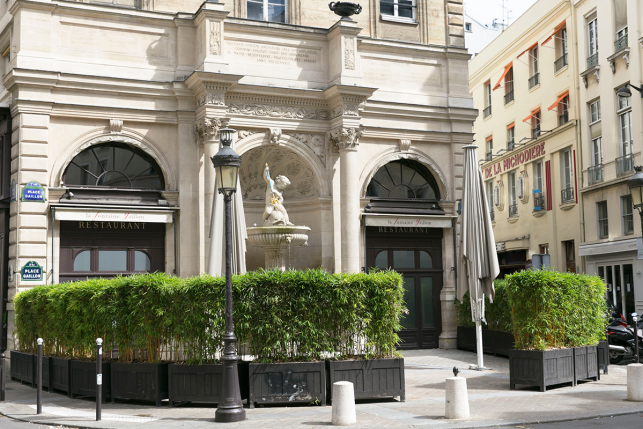
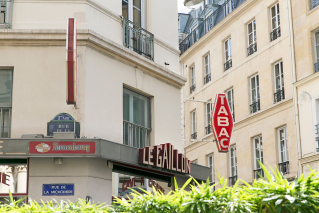
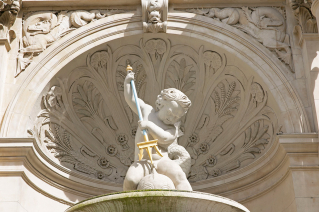
Place Dauphine, Paris 4th arrondissement
This royal square was commissioned by King Henri IV who named it in honour of his son, the crown prince Louis XIII. The square became a trading place, where goldsmiths, spectacle makers and engravers sold their wares. Today, away from the bustle of traffic, it has a village feel where people come to play boules, read a book sitting on a bench, or have a drink at the pavement cafés. It is one of the oldest squares in Paris.
“This Place Dauphine is indeed one of the most hidden away places that I know of (…). Each time I have stumbled upon it, little by little the desire to be elsewhere left me, I had to argue with myself to break away from its sweet embrace, too deliciously insistant and, all in all, quite shattering.”
Nadja (1928) – André Breton.
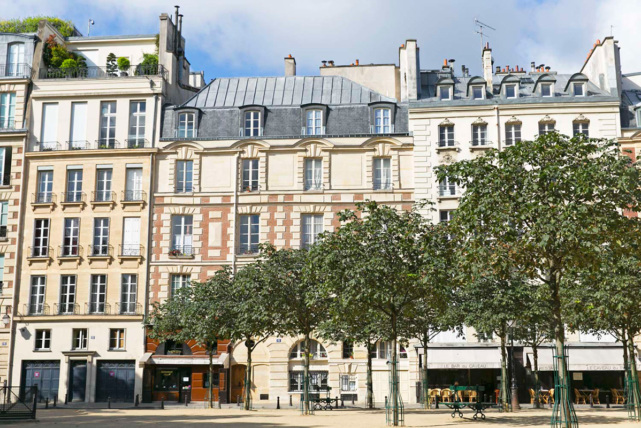
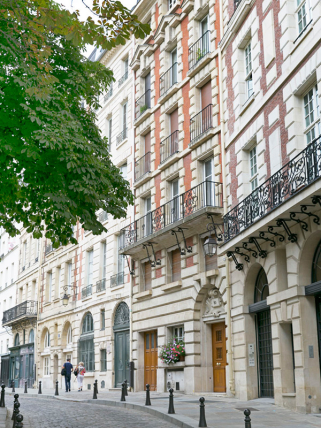
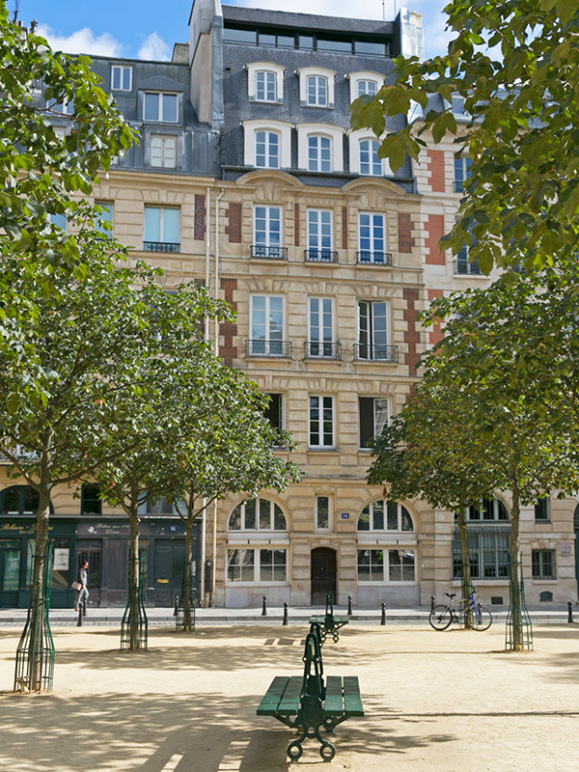
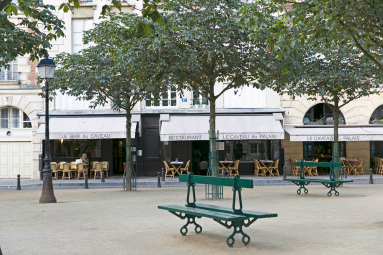
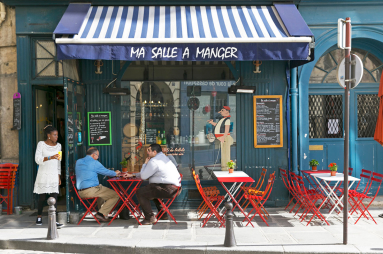
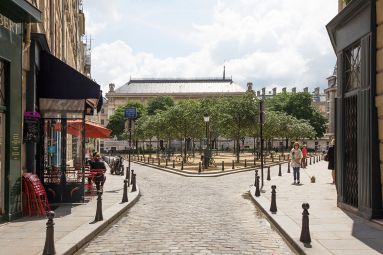
Place du Marché Sainte-Catherine, Paris 4th arrondissement
Place du Marché Sainte-Catherine is located on the site of the former convent, Sainte-Catherine-du-Val-des-Ecoliers (13th century). Under the reign of Louis XV, it was used as a market square to replace the one that was held on the Rue Saint-Antoine.
Today, it is very popular with young Parisians, particularly for its restaurants and shaded terraces.
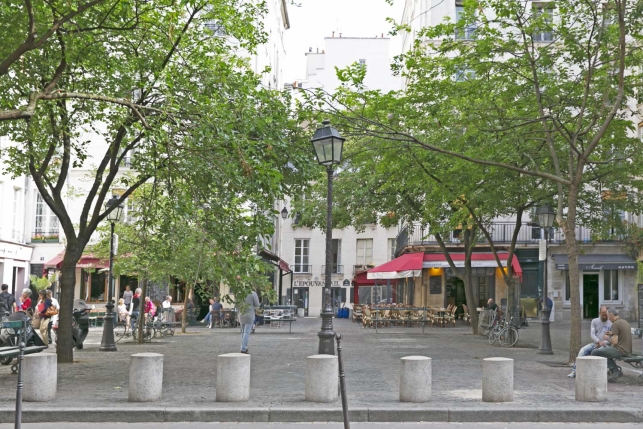
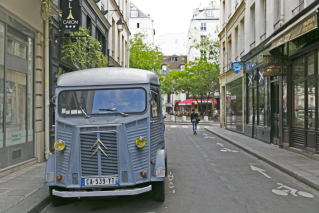
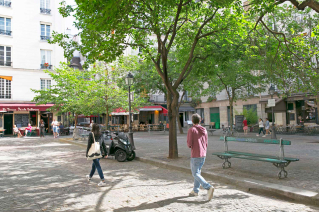
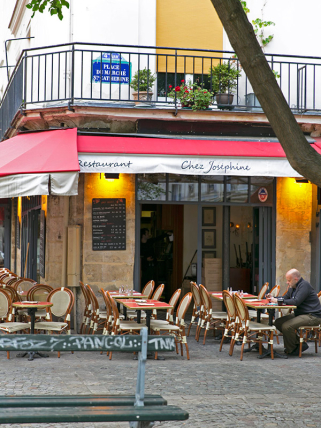
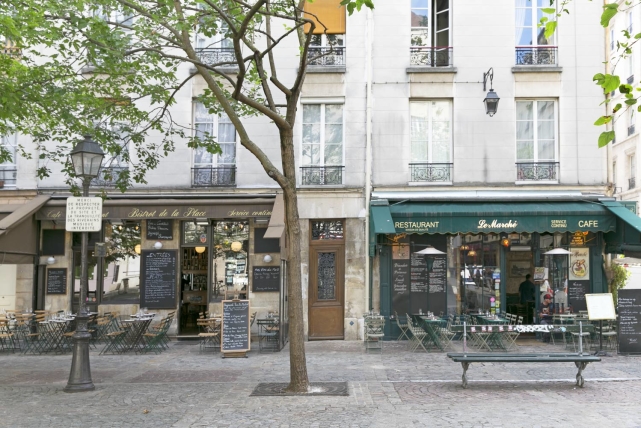
Place de la Contrescarpe, Paris 5th arrondissement
Place de la Contrescarpe was built in the late 20th century.
It has always been full of activity: several cabarets opened there, namely the “Pomme de Pain” where Rabelais, Ronsard and Du Bellay regularly met. Today it is a favourite meeting place for students, who linger over a drink or grab a bite to eat at one of the many cafés and restaurants on the square.
The atmosphere is friendly and local.

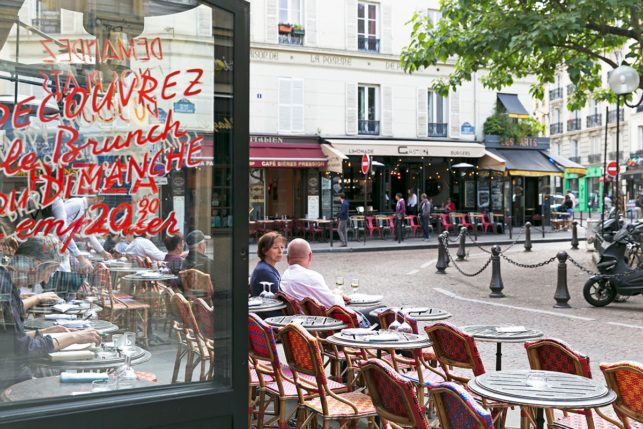
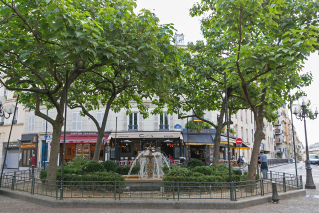
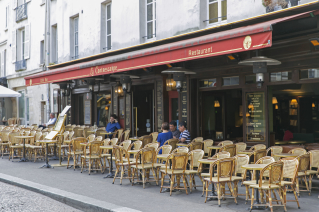
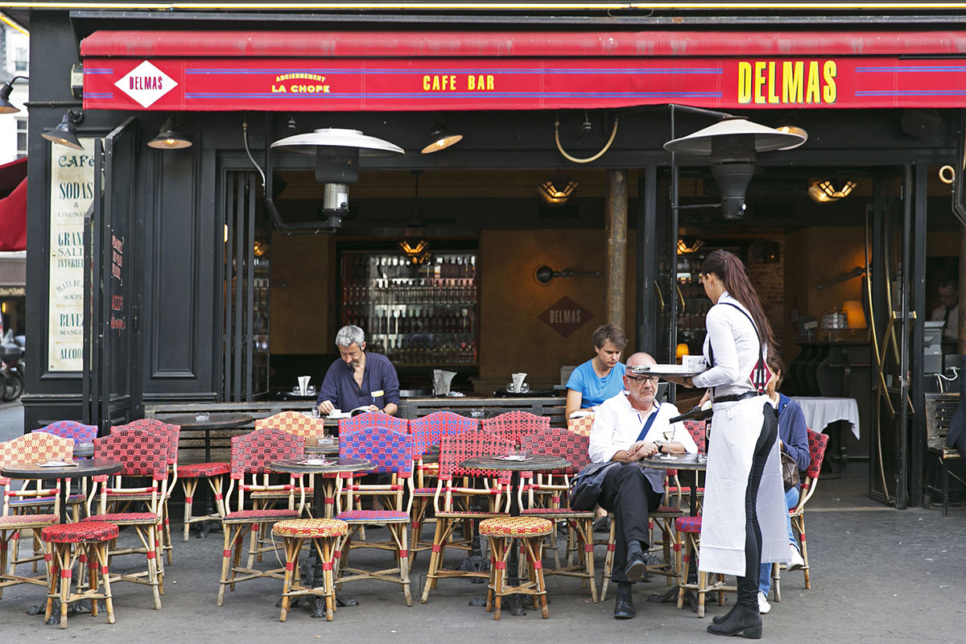
Place de Furstenberg, Paris 6th arrondissement
Just next to the Abbey of Saint-Germain-des-Prés, this square is named for Cardinal Guillaume-Egon de Furstenberg, the abbot of Saint-Germain-des-Prés in the early 18th century.
The painter, Eugene Delacroix, lived in an apartment at number 6 (the artist moved there in 1857 when he was painting one of the chapels in Saint Sulpice church). Today, the apartment building is a museum dedicated to his work.
Upstairs from Delacroix’s apartment was Claude Monet and Frederic Bazille’s studio. It was here that Monet painted his famous Déjeuner sur l’herbe.
Rue de Furstenberg is one of the most expensive streets in Paris, where property prices can reach 21,000 euros per square metre (approximately 2,000 euros per square foot).
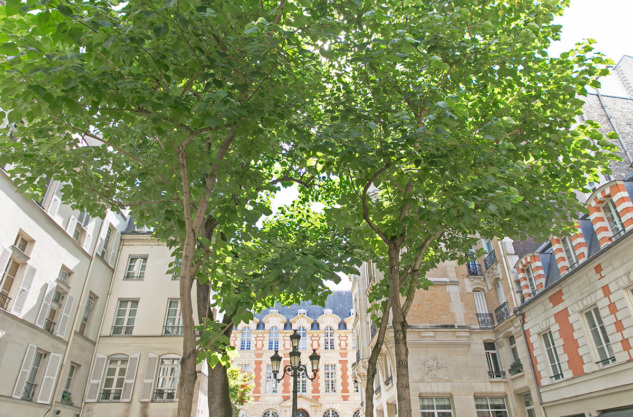
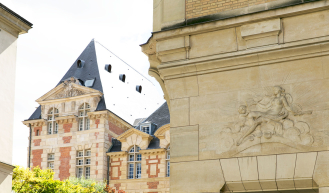
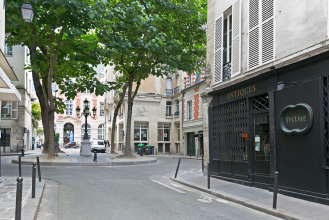
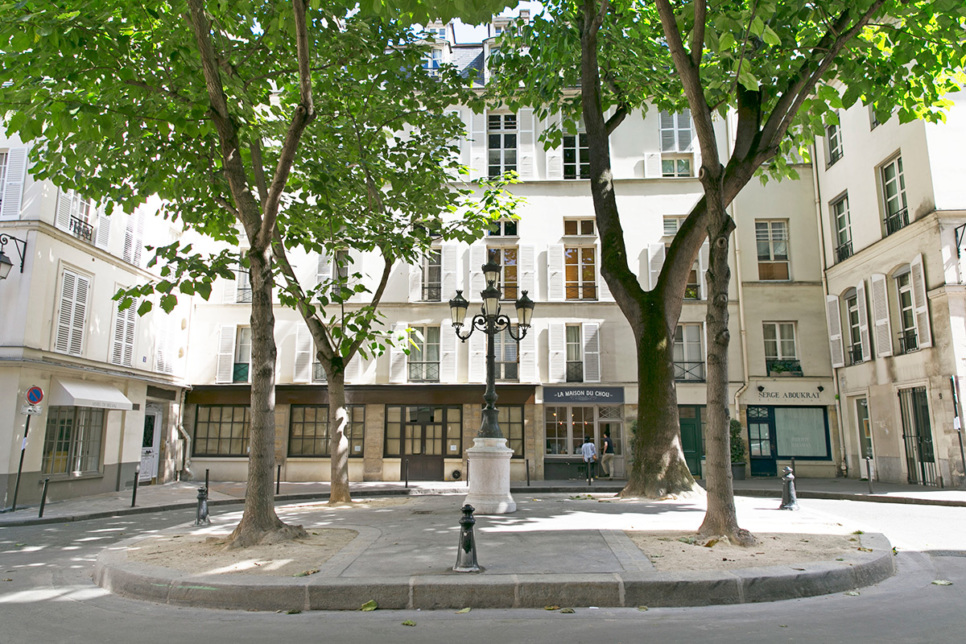
Cité de Trévise, Paris 9th arrondissement
Time seems to stand still on this little square, built in 1840. Beautiful façades dating to the early 19th century surround a fountain decorated with three nymphs holding hands, recalling the famous Parisian Wallace fountains.

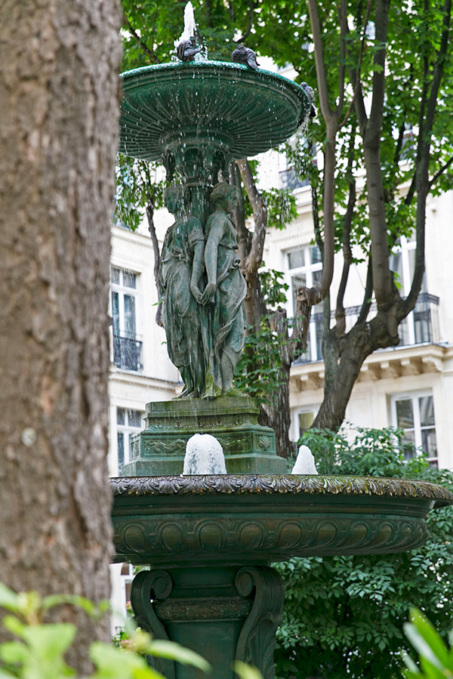
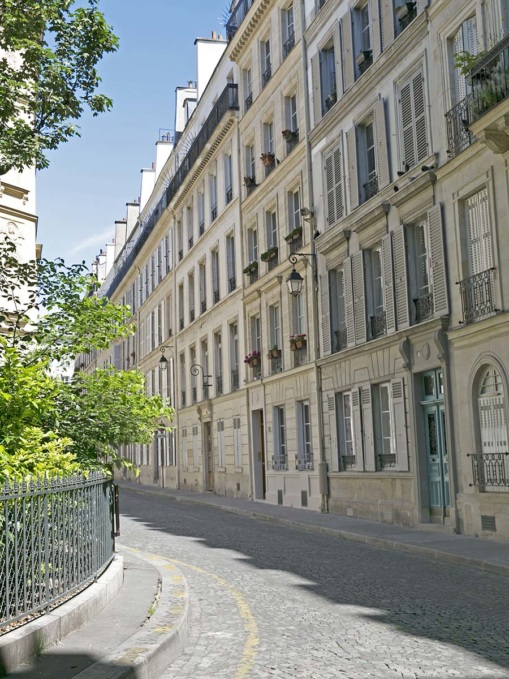
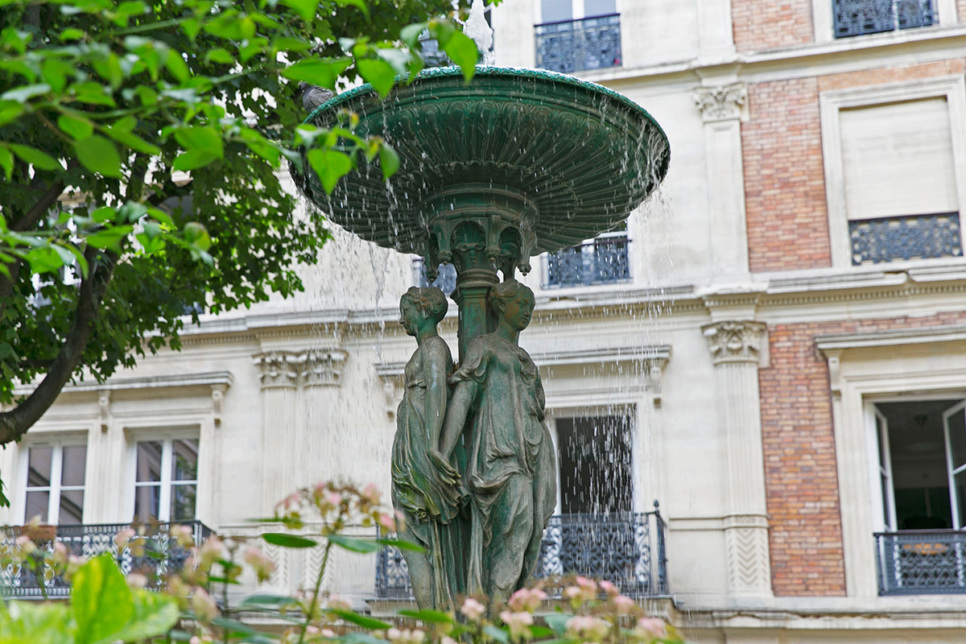
Place Edouard VII, Paris 9th arrondissement
Place Edouard VII appeared in the beginning of the 20th century, thanks to the patronage of the man who gave it his name, the King of England, Edward VII.
This elegant square, which is private and pedestrianised, is located at the heart of the Golden Triangle. It features a theatre, boutiques and some very good restaurants.
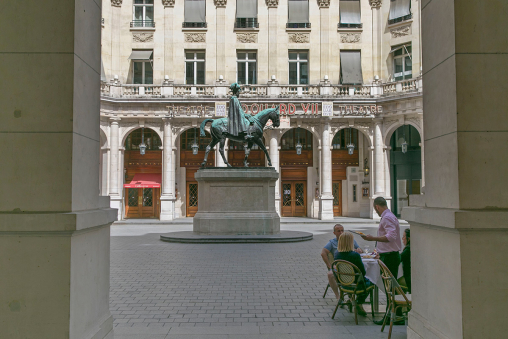
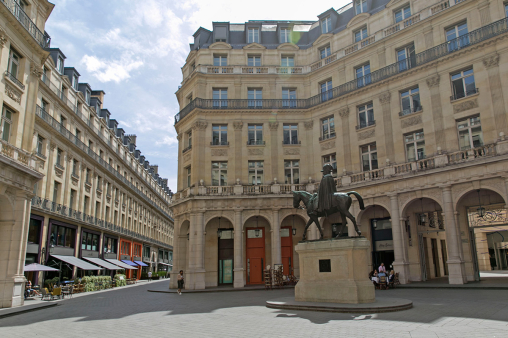
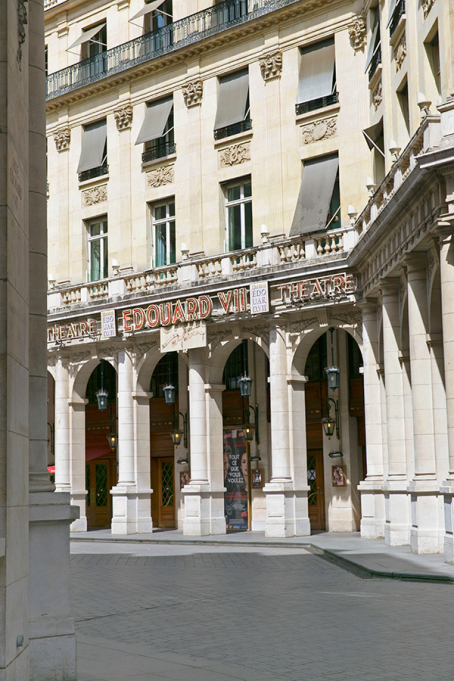
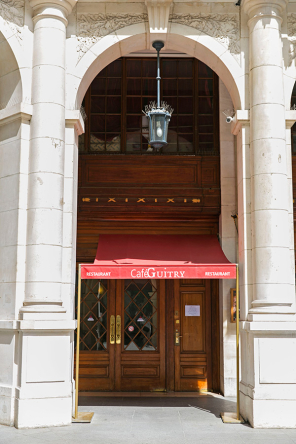
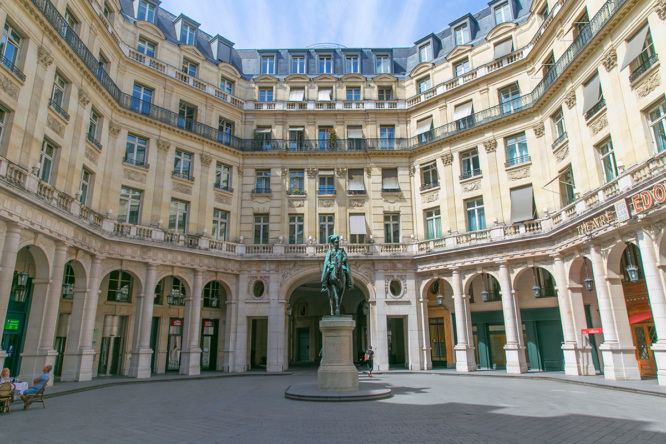
Place Saint-Georges, Paris 9th arrondissement
Located in the neighbourhood known as “La Nouvelle Athènes”, this fabulous square features at its centre a statue of Paul Gavarni, a 19th century artist and caricaturist.
ATwo splendid mansions can be found at numbers 26 and 28 Place Saint Georges. Number 28 is the sumptuous Hotel de la Paiva, named after the prostitute-turned-Marquise, is without question one of the most exceptional buildings in this neighbourhood. Number 27 houses the Fondation Dosne-Thiers, in the former home of Adolphe Thiers, the second president of the French Republic.
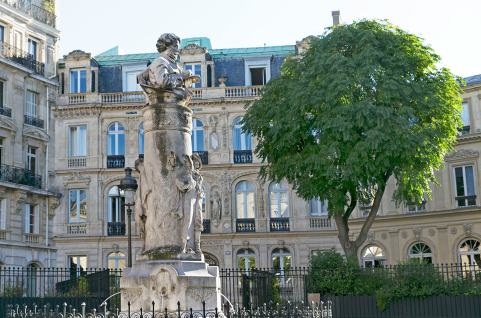
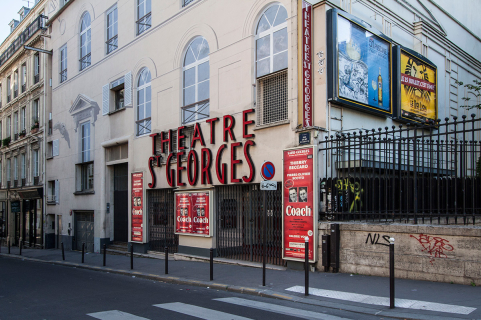
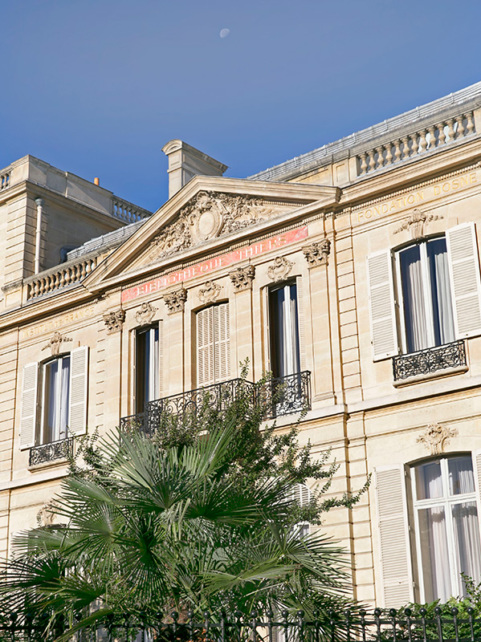
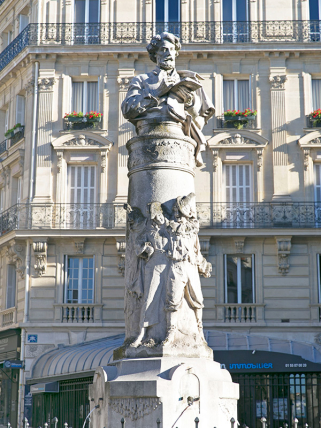
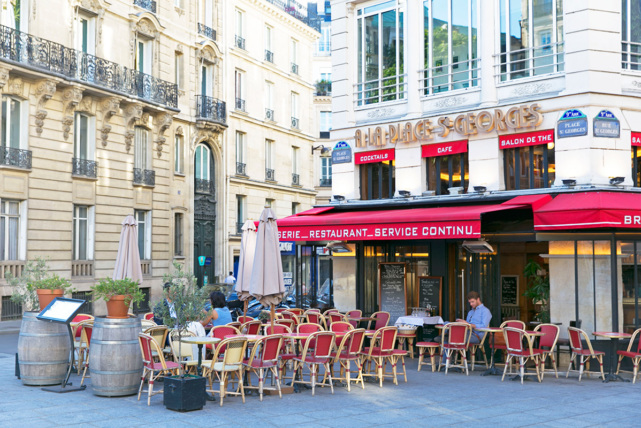
Place du Tertre, Paris 18th arrondissement
Although it attracts many tourists, this square is one of Paris’ most quaint and picturesque.
Built in 1635, it wasn’t until the end of the 18th century that it became popular with artists such as Picasso, Toulouse Lautrec and Van Gogh. Today, it is occupied by painters and caricaturists.
It is best to visit this square early in the morning to avoid the crowds and enjoy the sunrise – the view from the top of the hill is magical.
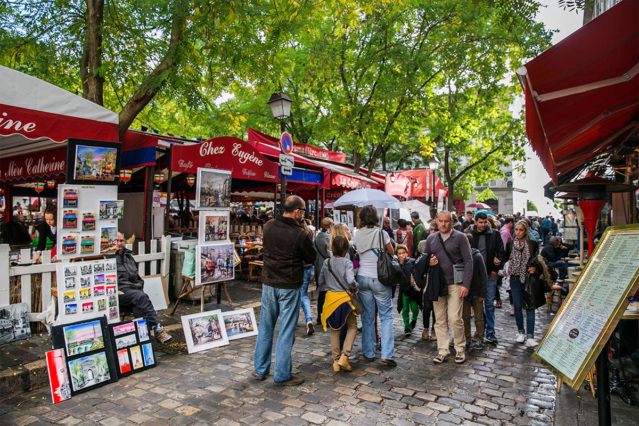
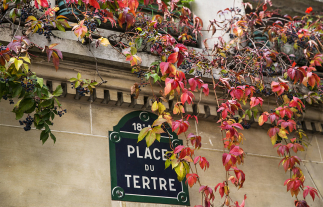
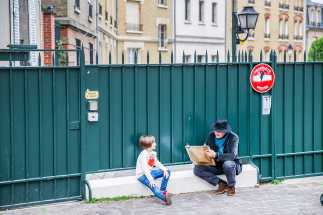
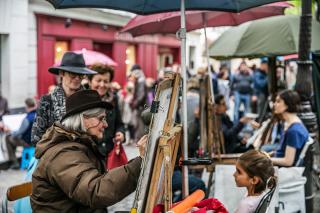
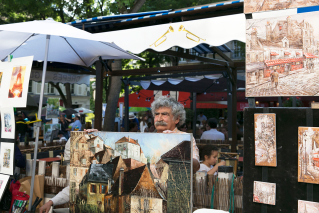
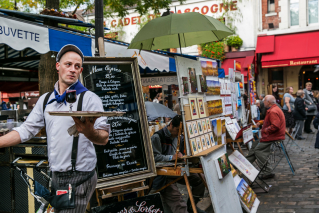
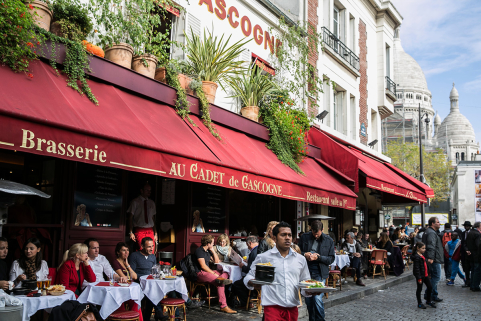
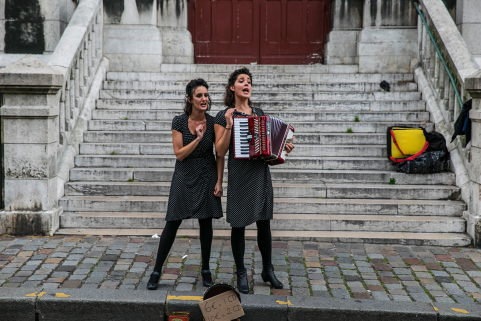
Place Charles Dullin, Paris 18th arrondissement
This little square is understated and simple, home to the Théâtre de l’Atelier, a listed monument since 1965.
It is named after the French actor Charles Dullin, who was the theatre director from 1922 to 1940.
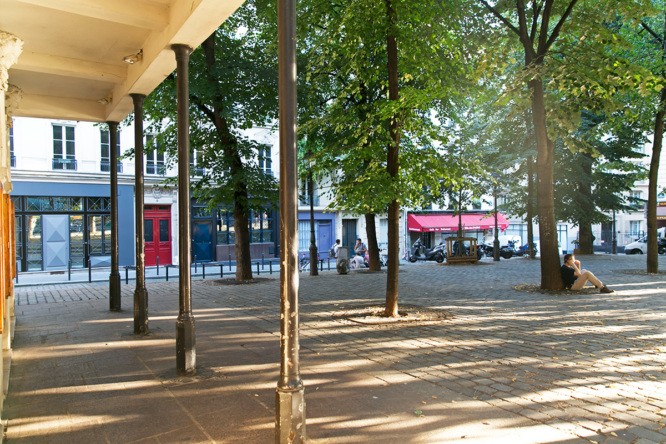
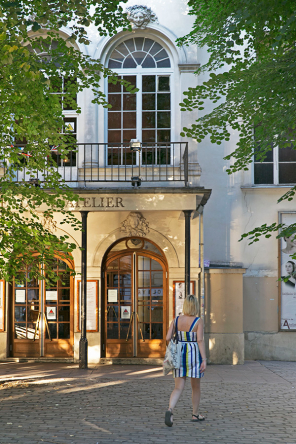
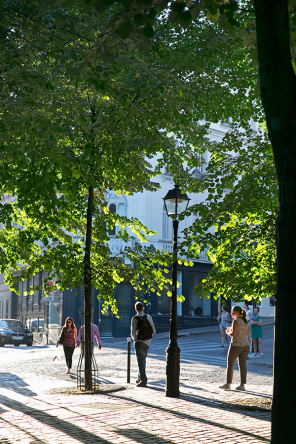
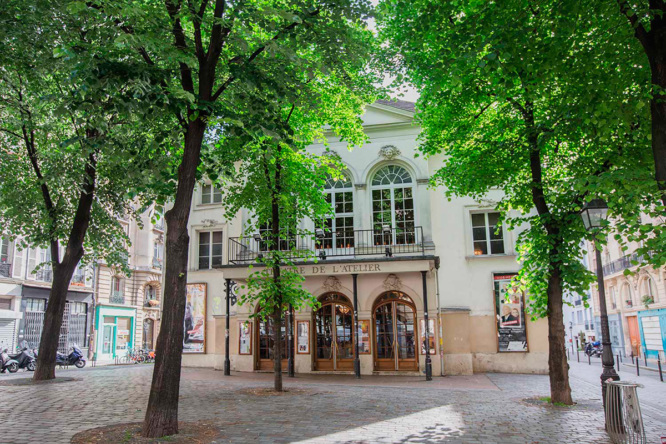
Place Dalida, Paris 18th arrondissement
Inaugurated in 1997 on the 10th anniversary of the death of French singer Dalida, a statue stands there in her honour. This is not the central feature of the square, but rather marks a viewpoint that looks over the pretty Rue de l’Abreuvoir.
